The Bison: Symbol of Strength and Resilience
Introduction: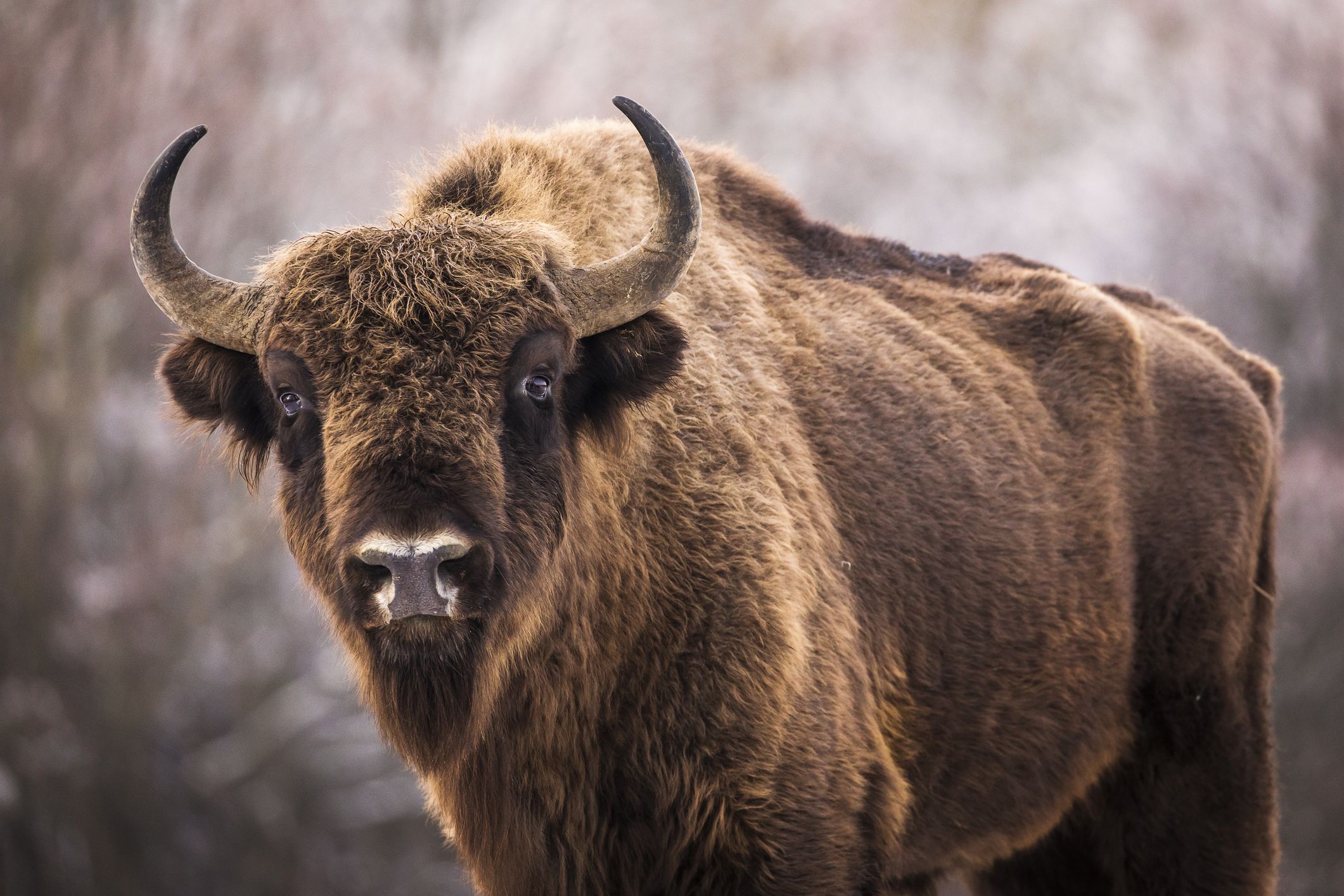
The bison, often referred to as the American buffalo, is an iconic symbol of strength, resilience, and the untamed spirit of the American West. These magnificent creatures once roamed the vast expanses of North America in immense herds, shaping the landscapes and cultures of the indigenous peoples who lived alongside them. Despite facing near extinction due to overhunting and habitat loss, bison have made a remarkable comeback, serving as a testament to conservation efforts and the enduring spirit of these majestic animals.
Origins and History:
Bison, scientifically known as Bison bison, are native to North America and have deep-rooted connections to the continent's ecosystems and human history. Historically, bison played a crucial role in the lives of indigenous peoples, providing them with food, clothing, shelter, and spiritual significance. Tribes such as the Plains Indians revered the bison as a sacred animal and incorporated its imagery into their rituals, ceremonies, and daily life.
Prior to the arrival of European settlers, bison populations numbered in the tens of millions, forming vast herds that migrated across the Great Plains and other regions of North America. However, the rapid expansion of European colonization led to the systematic decimation of bison populations through unregulated hunting, habitat destruction, and the deliberate extermination of these animals to deprive indigenous peoples of their primary food source and undermine their way of life.
By the late 19th century, bison had been pushed to the brink of extinction, with only a few hundred individuals remaining in scattered pockets across the continent. Conservationists, recognizing the ecological and cultural significance of the bison, launched efforts to save the species from oblivion and restore its populations to healthy levels.
Conservation and Restoration: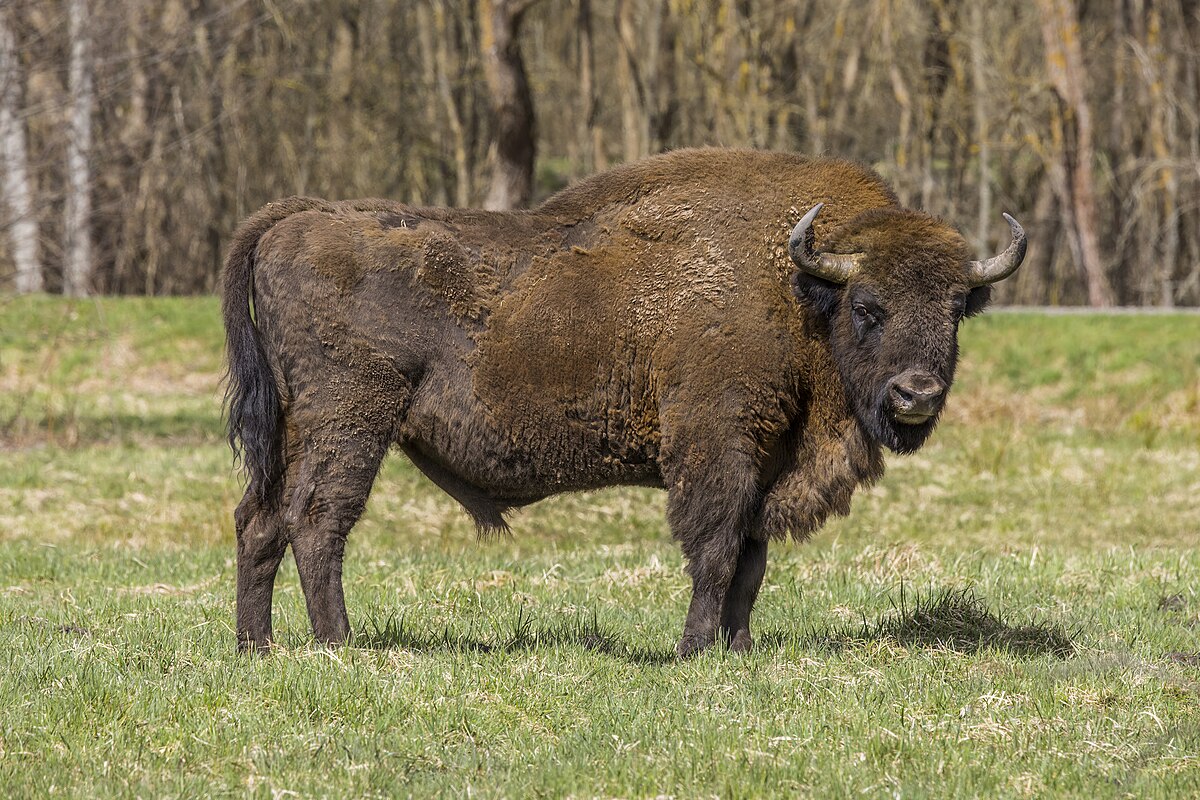
The conservation movement for bison gained momentum in the early 20th century, with initiatives aimed at protecting remaining populations, establishing reserves and national parks, and breeding programs to bolster genetic diversity and reintroduce bison to their native habitats. Yellowstone National Park, established in 1872, played a pivotal role in bison conservation by providing a refuge for one of the last remaining wild herds.
Additionally, private ranchers and conservation organizations contributed to the recovery of bison populations by breeding and raising these animals on protected lands. Today, bison can be found in various conservation areas, wildlife refuges, and national parks across North America, symbolizing the success of collaborative conservation efforts.
Symbolism and Cultural Significance:
Beyond their ecological importance, bison hold profound symbolic significance in American culture and beyond. As icons of strength, resilience, and freedom, bison have inspired artists, writers, and filmmakers to depict their majestic presence in literature, paintings, sculptures, and movies. Moreover, bison continue to hold spiritual significance for indigenous peoples, who view them as symbols of endurance, wisdom, and interconnectedness with the natural world.
In the realm of conservation, bison serve as ambassadors for wildlife protection and habitat preservation, highlighting the importance of preserving biodiversity and restoring ecosystems. Their resurgence from the brink of extinction serves as a testament to the power of collective action and the resilience of nature when given the opportunity to thrive.
Challenges and Future Outlook: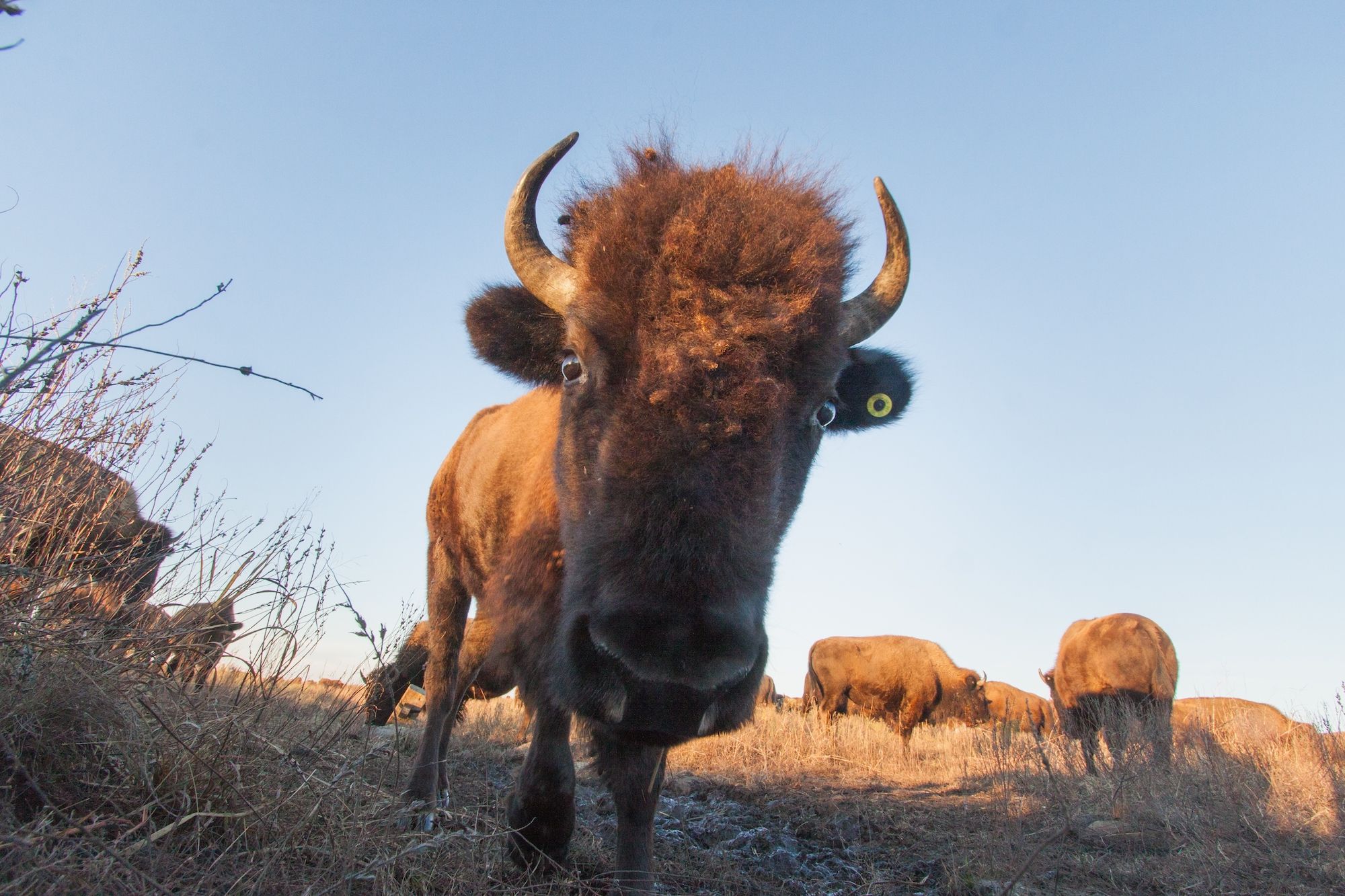
While the recovery of bison populations represents a conservation success story, challenges remain to ensure the long-term survival and well-being of these iconic animals. Habitat loss, fragmentation, disease, genetic diversity, and conflicts with human activities pose ongoing threats to bison populations, necessitating continued efforts to address these issues through habitat restoration, wildlife corridors, disease management, and sustainable land use practices.
Furthermore, the cultural and ecological significance of bison underscores the importance of raising awareness, fostering appreciation, and engaging communities in conservation initiatives to ensure the continued stewardship of these magnificent creatures for future generations.
The bison stands as a powerful symbol of resilience, strength, and cultural heritage, embodying the spirit of the American West and the enduring bond between humans and nature. From the brink of extinction to a symbol of conservation success, the story of the bison reflects the collective efforts of individuals, communities, and organizations to preserve biodiversity and protect our planet's natural heritage. By safeguarding the future of bison, we honor not only their remarkable journey but also our shared responsibility to cherish and protect the rich tapestry of life on Earth.
The continued conservation and protection of bison are essential not only for the sake of preserving a species but also for maintaining the integrity of entire ecosystems. Bison play a critical role in shaping landscapes through their grazing habits, which can influence plant diversity, soil composition, and nutrient cycling. Their presence can create habitats for other species, contributing to the overall health and resilience of ecosystems.
Furthermore, bison conservation intersects with broader issues such as indigenous rights, land management, and climate change. Many indigenous nations have longstanding connections to bison and advocate for their protection as part of their cultural heritage and traditional practices. Collaborative efforts between indigenous communities, governments, and conservation organizations are essential for ensuring the inclusion of indigenous knowledge and perspectives in bison conservation initiatives.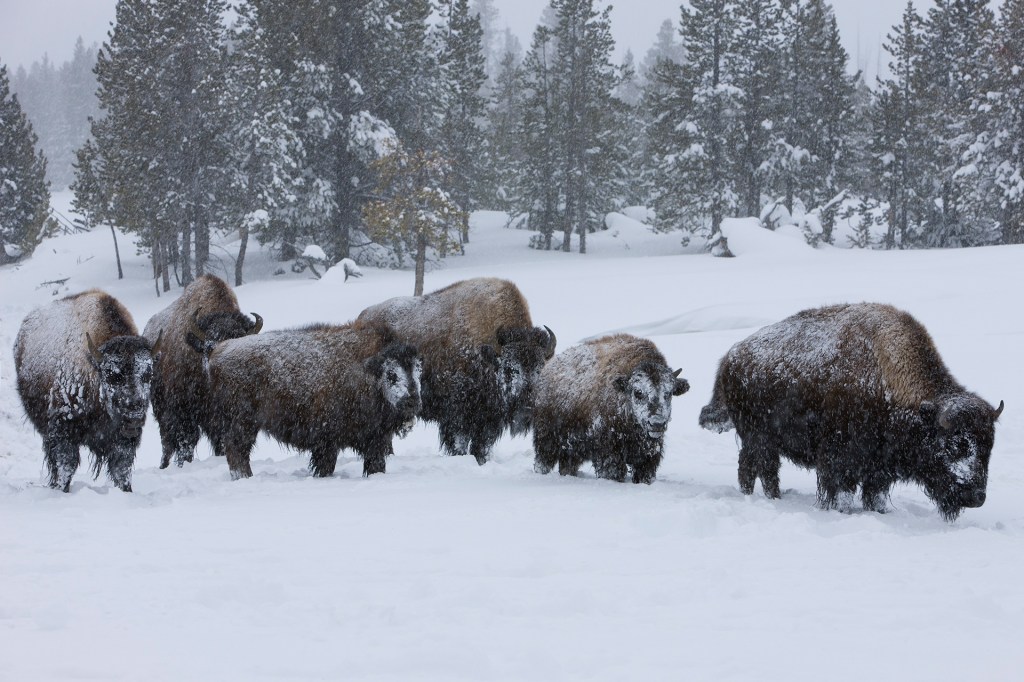 Moreover, bison habitats overlap with areas of intense human activity, including agriculture, urban development, and energy extraction. Balancing the needs of bison with those of human communities requires thoughtful planning, cooperation, and innovative solutions that prioritize biodiversity conservation while addressing socio-economic concerns.
Moreover, bison habitats overlap with areas of intense human activity, including agriculture, urban development, and energy extraction. Balancing the needs of bison with those of human communities requires thoughtful planning, cooperation, and innovative solutions that prioritize biodiversity conservation while addressing socio-economic concerns.
Climate change poses additional challenges for bison conservation, as shifting weather patterns, altered ecosystems, and increased frequency of extreme events can disrupt bison habitats and migration routes. Adaptation strategies, such as habitat restoration, climate-resilient land management practices, and the creation of wildlife corridors, are necessary to help bison populations withstand the impacts of a changing climate.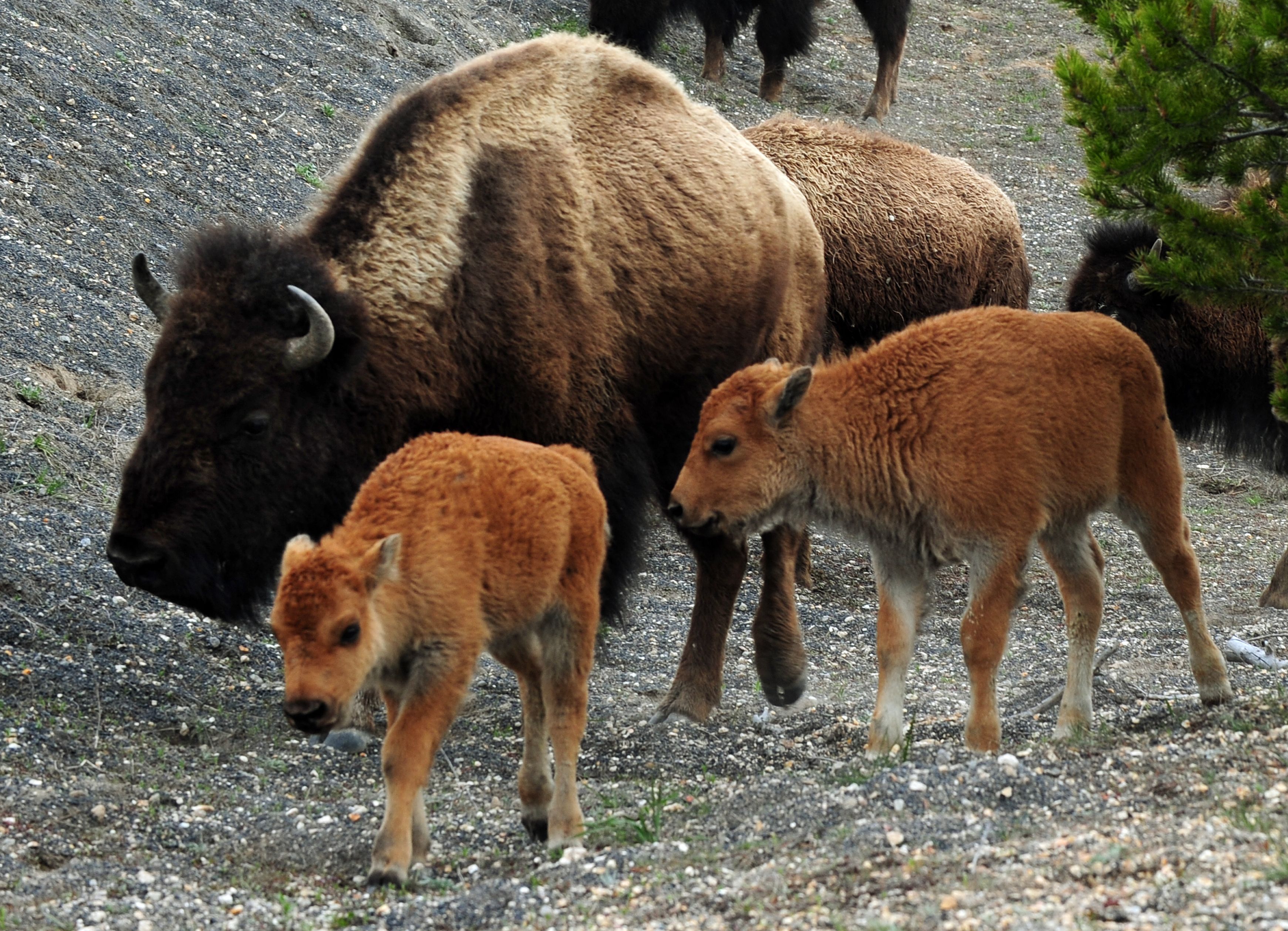 In conclusion, the conservation of bison represents a multifaceted endeavor that requires collaboration, creativity, and long-term commitment from diverse stakeholders. By recognizing the cultural, ecological, and economic importance of bison and prioritizing their protection, we not only safeguard a species but also promote the health and resilience of ecosystems and the well-being of human communities. The story of the bison serves as a powerful reminder of the interconnectedness of all life on Earth and the collective responsibility we share to ensure a sustainable future for generations to come.
In conclusion, the conservation of bison represents a multifaceted endeavor that requires collaboration, creativity, and long-term commitment from diverse stakeholders. By recognizing the cultural, ecological, and economic importance of bison and prioritizing their protection, we not only safeguard a species but also promote the health and resilience of ecosystems and the well-being of human communities. The story of the bison serves as a powerful reminder of the interconnectedness of all life on Earth and the collective responsibility we share to ensure a sustainable future for generations to come.





































